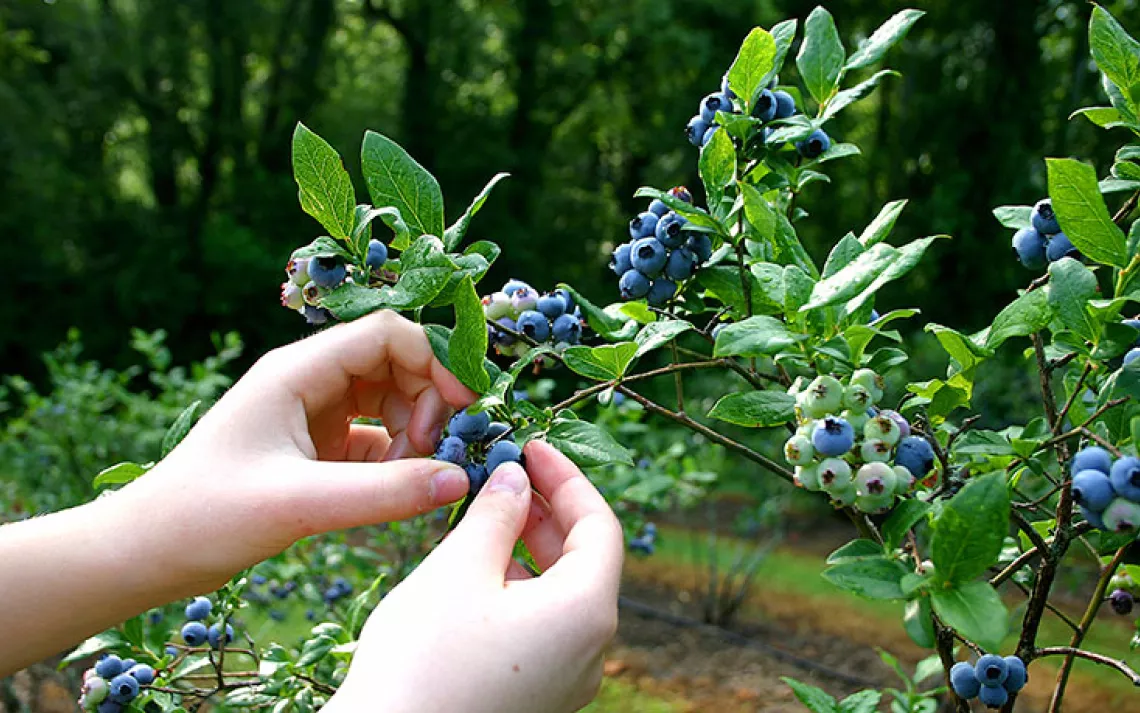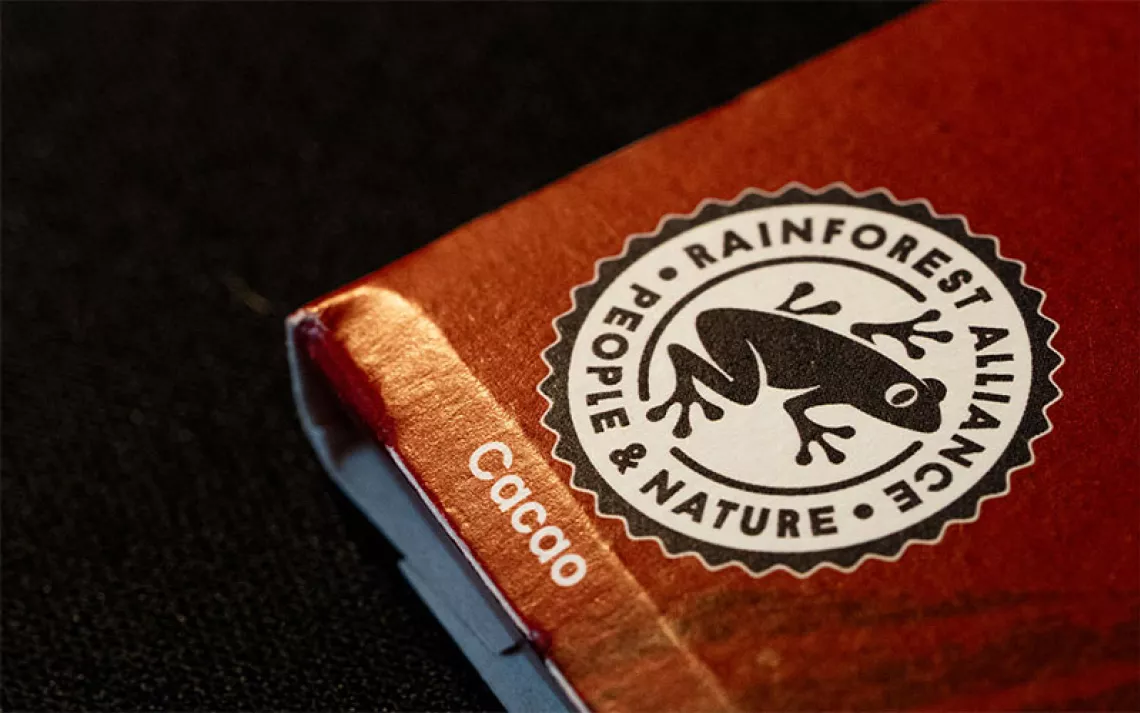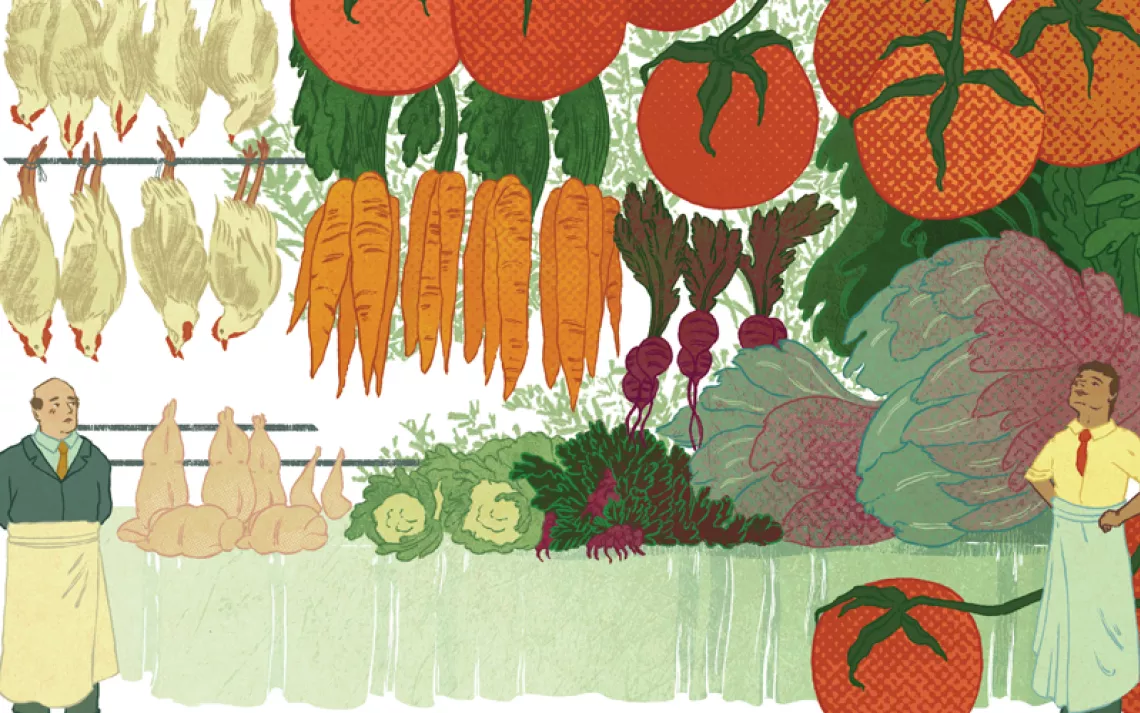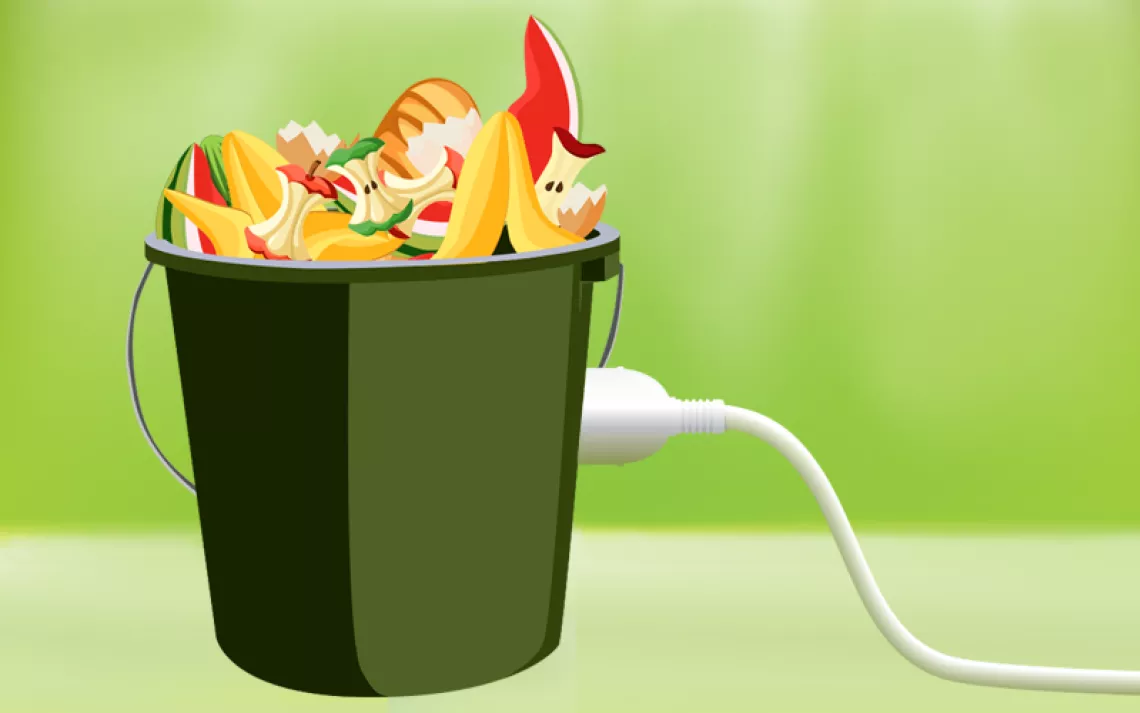Foraging for Wild Food: 6 Sustainable Techniques

Let's say you’re hiking up the trail with sweat dripping down your face and a sunburn on your neck, and all that your stomach wants is some nourishment to keep you going strong. But where to find it? You left your snacks at home. Do you dare forage for edible plant life on your own?
Arthur Haines, a research botanist and plant taxonomist with the Delta Institute of Natural History in Maine, says that foraging for wild foods can actually be beneficial for both plants and people — so long as it is done properly.
"Usually, the very first thing that people think is that foraging damages plant populations," said Haines in a recent phone call. "But smart foraging isn’t detrimental. There are many examples where, if we don’t forage, certain plant species will actually disappear from the site. Conscientious foraging perpetuates these species."
Haines gave us some tips on how to gather wild foods responsibly the next time you’re outside and in a pinch.
1. If There Are Two You Can Find, Leave the Bottom Behind
More is not always better. Many perennials (plants that live for more than two years) contain edible sections both above-ground, like leaves, and below-ground, like bulbs and tubers. When given the choice between the two, go for what you can see.
"It’s not considered lethal collection when we talk about perennials and we harvest the top part," Haines says. "The wild leek, for example, grows two leaves that taste like onion as well as an underground bulb, which is the part that people love to collect. The problem is that, when the plant is pulled out of the ground completely to reach the bulb, the plant dies and has no means of repopulating. If we gathered just one of the two leaves, we still leave the bulb intact and below-ground."
2. Timing is Everything
Also important concerning what sections you forage for is when you forage for them, Haines says.
"If we do find a species whose below-ground portion we’d like to collect, we can time our collection so that we wait and do it during a time of the year when we can take the seeds of the plant and put them in the hole we leave behind. For the leek, it is often collected in the spring, but it doesn’t produce seeds until the late summer. The indigenous tribes of the Northeast would wait until they could plant the seeds in the holes they dug up. They were excellent at it. You can time the collection when you’re gathering the underground portion."
3. Respect the Crown
At the base of all plant bulbs is a plug of tissue from where the roots emerge called the "root crown." When indigenous peoples would gather these bulbs, they would detach the root crown from the bulb and would replant it into the soil. This would often be enough for the plant to regenerate, Haines says.
The lesson? Don’t think in such exclusive terms. You don’t have to collect everything below-ground, as you can put some parts like the root crown back into the ground again.
4. Enjoy the Fruits of Your Labor
Haines notes that many wild plants are perennial plants, which means a sensible focus on the fruit they provide does them no damage.
"Perennials like the oak tree and the apple tree have designed their fruits to be valuable to animals," he says. "Take the oak tree as an example -- the tree isn’t trying to hold onto its acorns. It's trying to disperse them. Using the fruits rather than the vegetative portions is one easy way we can reduce our damage to that individual plant."
Still, Haines is careful to point out that this same rule does not apply to annuals (plants that survive for just one season). Pick these with caution.
"If we take too many of their fruits, that’s it," he says. "They don’t have any means to re-populate during the winter months."
5. Be Selective
"Another way we can minimize our environmental impact is to selectively choose species that limit a negative impact upon collecting," says Haines. Don’t know what to look for? Study up on some Invasive plants.
The Japanese knotweed is a serious invasive plant [in the Northeast] that grows very aggressively. It crowds out everything," He says. "But it’s actually a wonderful edible plant. It can tolerate having most of its shoots collected from its populations, and it has no trouble reproducing at all."
Haines tries to direct people toward species that can handle extremely large collections -- species that are not wiped out easily with high foraging efforts. Do it, and you’ll be protecting your local native plant life at the same time.
6. Play the Percentages
"A totally obvious way we’re conscientiously foraging is that we gather a small proportion of the population so that the rest of the plants can do their thing and can reproduce fruits to sustain the population," Haines says. "Some people say to harvest only 25% of the plant, say, or 50%. But it’s more complicated than that. You need to understand the natural history of the plant."
"Sometimes we can gather greater proportions like with the fiddlehead fern because it does a great job of colonizing itself from its stem. We have to learn a little bit about the plant and how it can repopulate itself."
Haines set us up with a hypothetical scenario to illustrate his point.
"If someone comes along and harvests one-tenth of the plant, and a week later another person gathers one-tenth of the plant, and a week later another person comes, down and down the line, how much will the plant really have left? We’ve gathered much more than we intended to," says Haines.
We also have to remember that we’re not the only ones looking for food; consider whether animals forage for the same plants on your menu.
Because you eventually reach a point when there’s nothing left," he says. "Whatever that percentage you’re trying to save is -- 15%; 30%; whatever that number might be -- once it’s gone, that’s all there is."
 The Magazine of The Sierra Club
The Magazine of The Sierra Club







